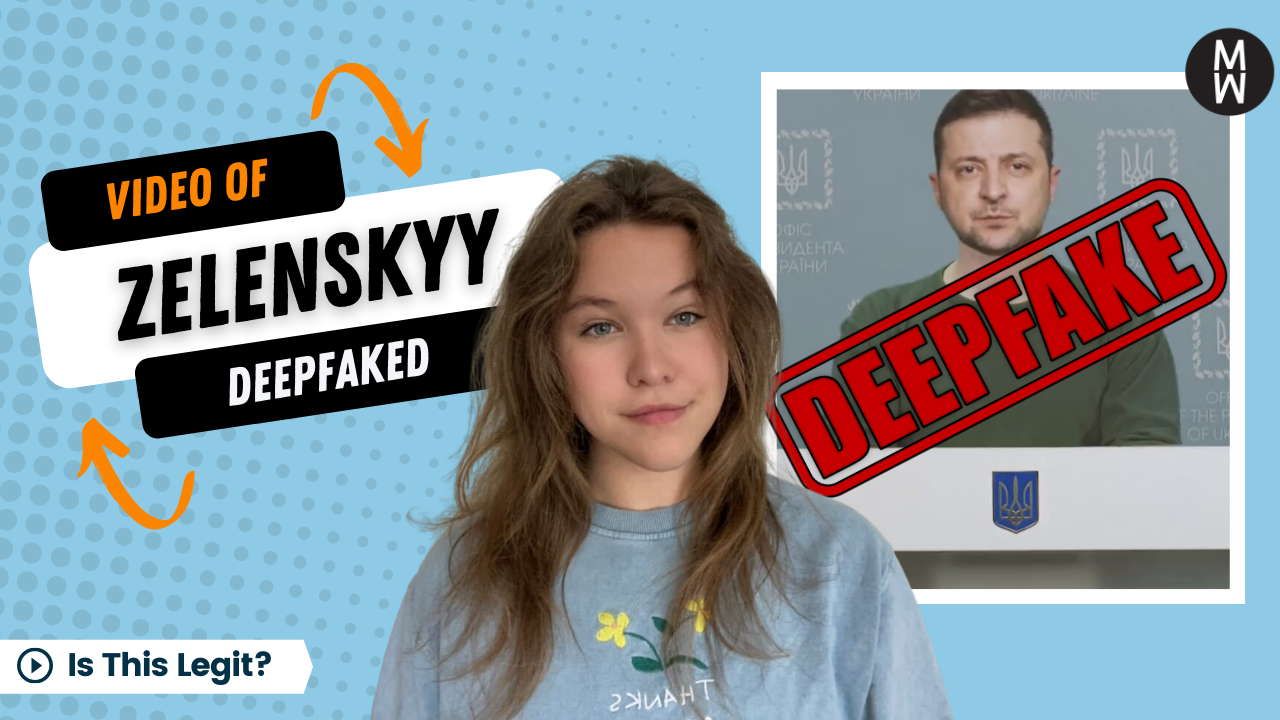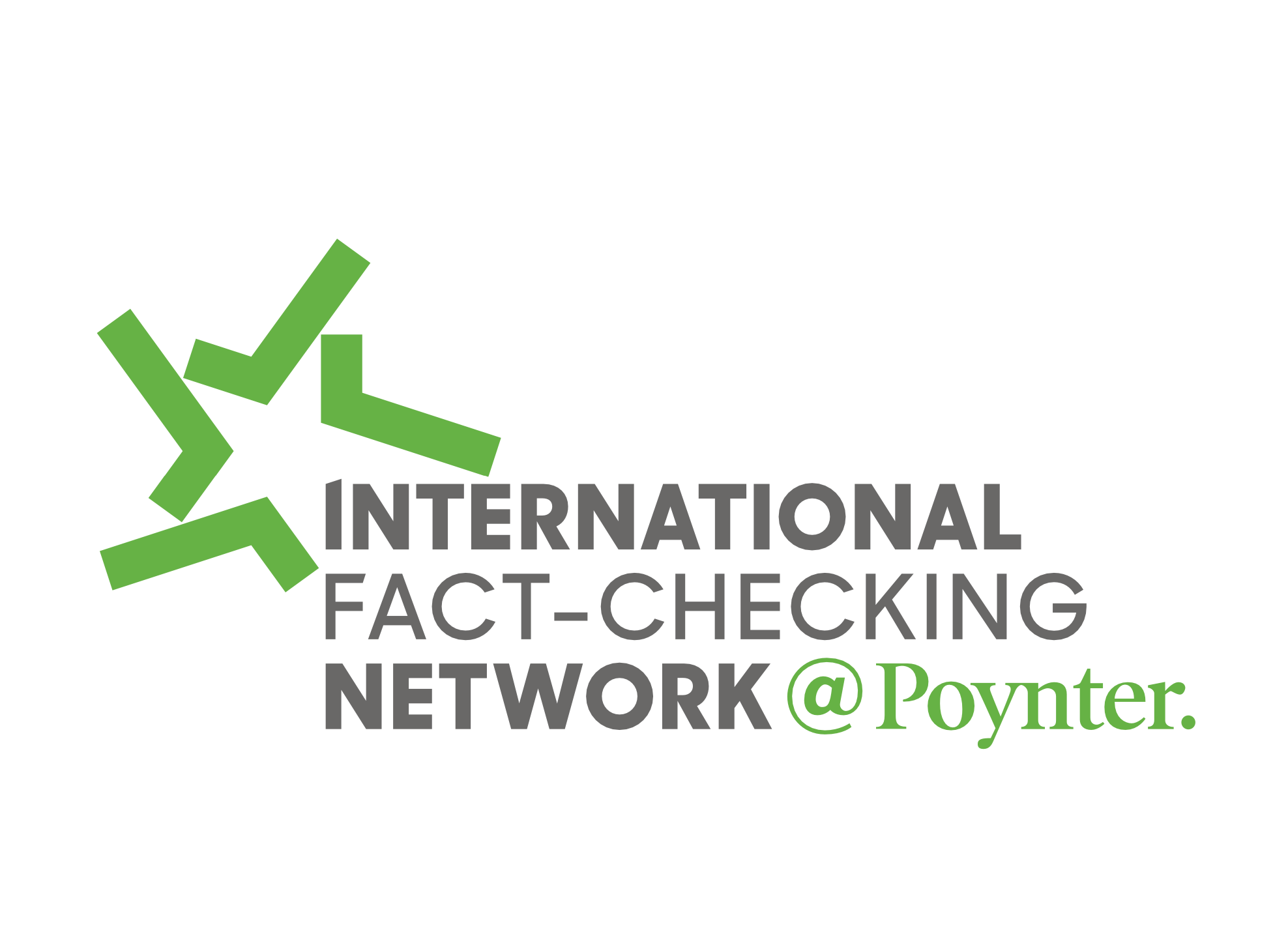On Feb. 24, Russia began its invasion of Ukraine. During times of intense conflict, misinformation spreads rapidly. Unfortunately, many photos and videos have been taken out of context, falsely depicting the war. Other footage is not real at all, like this deepfake of Ukrainian President Volodymyr Zelenskyy.
According to NPR, the video, which went viral across social media and was even put onto a Ukrainian news website by hackers, appears to show the president of Ukraine commanding his soldiers to “lay down their weapons” and surrender to Russian invaders.
Here’s how we fact-checked the video.
What is a deepfake?
Deepfakes are videos of a person in which their face or body has been digitally manipulated to make it look like they said or did something they didn’t actually do.
A few years ago, one of the main fears about deep fakes was they could be used to influence elections, making candidates say or do things that could lose them votes. But that wasn’t really the case. Instead, deepfakes are often used as entertainment and meant to be funny.
However, as we’ve seen with this deep fake of president Zelenskyy, deepfakes still have the potential to cause serious damage, so it’s important that you know how to recognize them.
RELATED: Look for red flags when you’re watching video content
Warning signs
While deepfake technology continues to advance, here are a few things to look out for:
- Weird, undefined teeth
- Blotchy, uneven skin tones
- No blinking
- Awkward facial expressions
- Strange hair
But the biggest clue that a video might be a deepfake? If the person is doing something completely out of character. If a video leaves you shocked or confused, it’s a good idea to investigate further before trusting it.
Tools for debunking deepfakes
There are multiple resources that you can turn to when investigating potential deepfakes. One is called Deepware. After uploading a video you’re curious about, Deepware will scan it and determine if a deepfake was detected. One great thing about Deepware is that it will also provide a percentage for its confidence in its findings.
Another resource is called TinEye, a reverse image search tool that allows you to filter by “oldest to newest” or “most changed.” Uploading a screenshot of the deepfake video brought up this Vice article that also labeled the video as a deepfake.
Rating
Not Legit. As technology progresses, it will only get more difficult to spot these types of deepfake videos. While there are more tools coming out to try to help, the best media literacy tip you can use is to just stay skeptical. If something seems weird or off, look into it! Not everything you see online is true.






